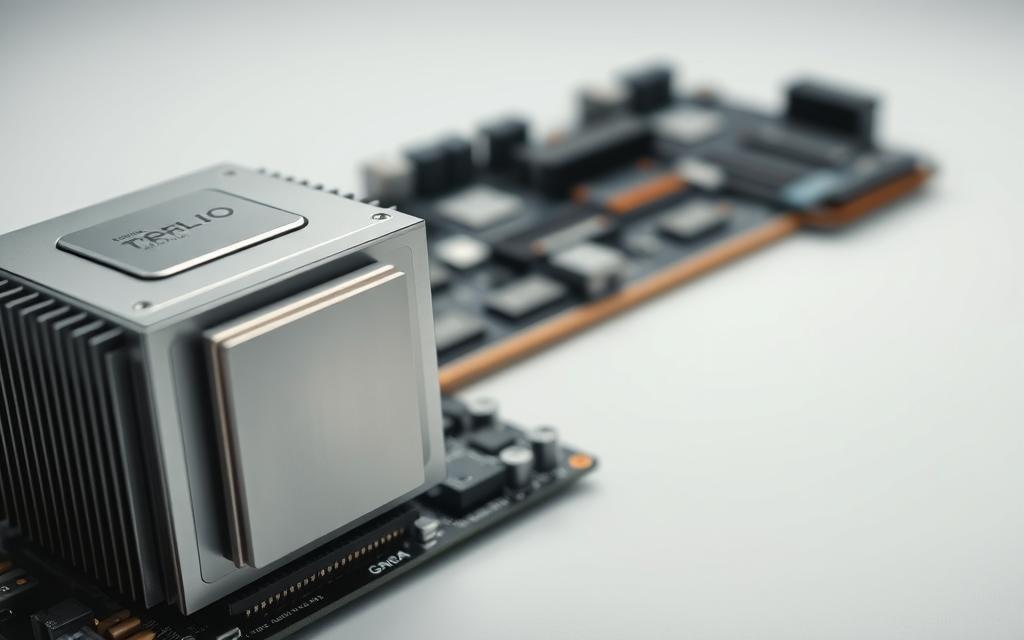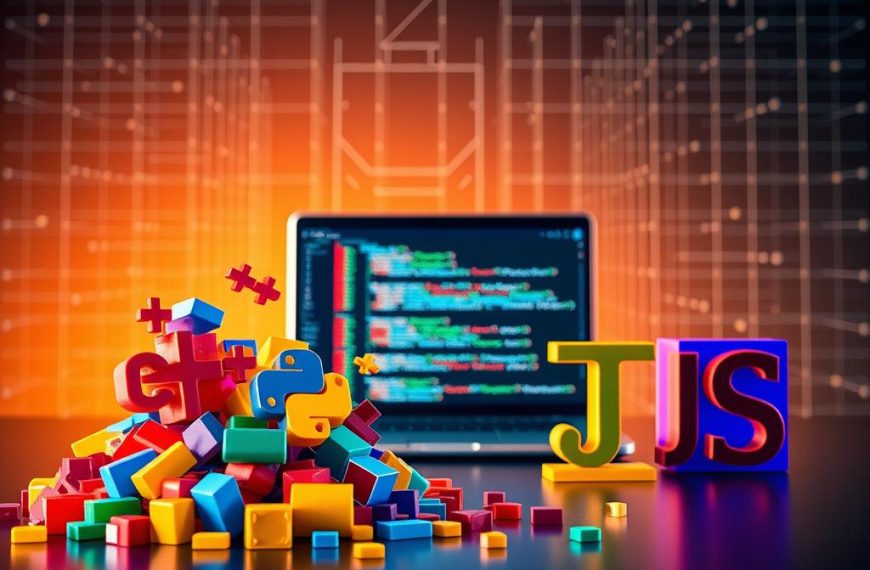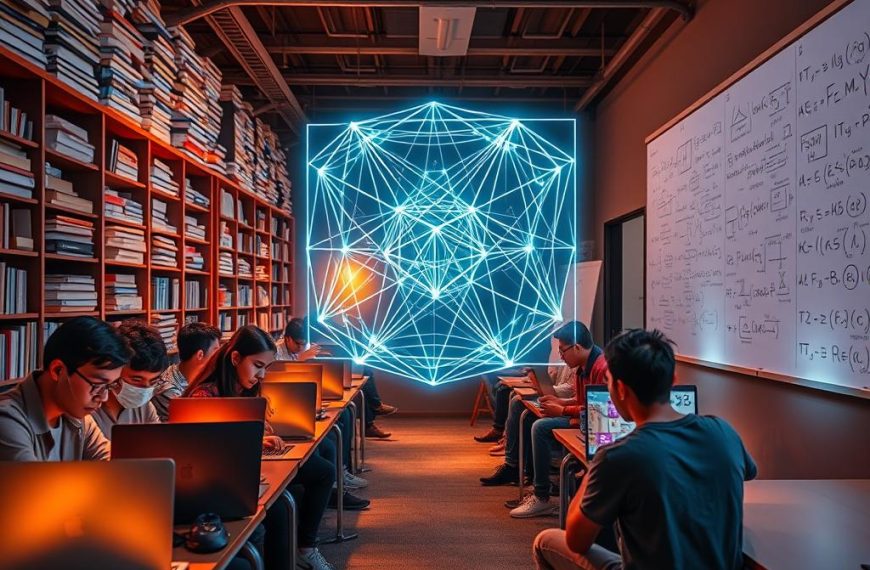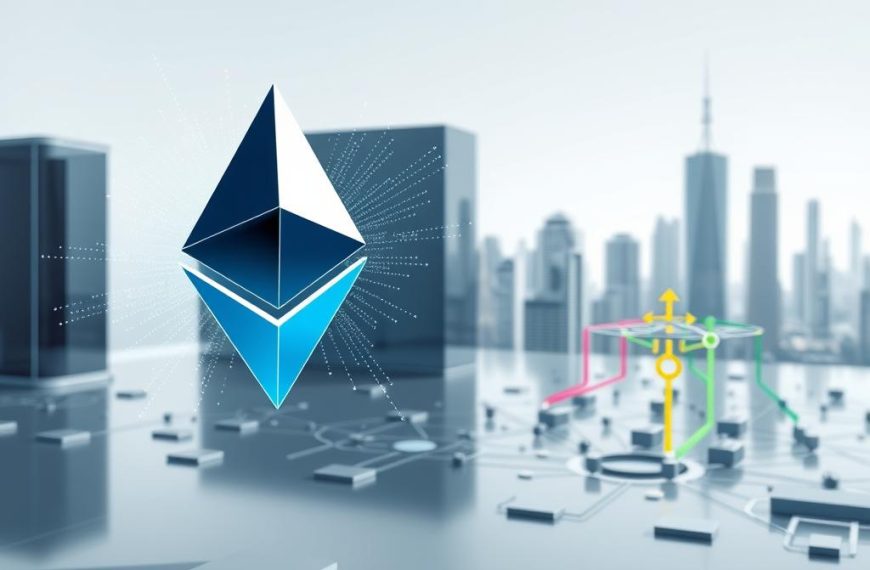Computer hardware forms the backbone of every digital system. These tangible components, like the motherboard and RAM, work alongside software to execute tasks efficiently. Without them, devices wouldn’t function.
Understanding these components is crucial for troubleshooting and upgrades. Whether optimizing performance or fixing issues, knowing how parts interact saves time and money. It also opens doors to careers in tech.
Academic paths, such as computer engineering, dive deep into designing and improving hardware components. Professionals in this field shape the future of technology, from faster processing units to energy-efficient systems.
This guide covers core concepts, career opportunities, and why mastering these fundamentals matters. Let’s break down the essentials.
What Major Handles the Hardware of a Computer?
Innovations in computing rely on engineers with deep hardware knowledge. Specialized degree programs equip professionals to design and optimize physical components. Three fields dominate this space: computer engineering, electrical engineering, and computer science.
Computer Engineering: The Core Discipline
This hybrid field merges principles from electrical engineering and computer science. Graduates master:
- Circuit design and microprocessor architecture
- Semiconductor physics for energy-efficient systems
- Integration of hardware with software frameworks
Curriculums emphasize hands-on labs, from building embedded systems to testing digital logic boards.
Related Fields: Electrical Engineering and Computer Science
While computer engineering focuses narrowly, electrical engineering covers broader electronics like power grids. Meanwhile, computer science complements hardware expertise with:
- Algorithm development for faster processing
- Operating system optimization
Career paths often overlap—many hardware engineers hold degrees in all three disciplines.
Understanding Computer Hardware: Key Components
Every digital system relies on critical parts working together. These components determine speed, efficiency, and overall performance. Let’s explore the essential elements that power modern devices.
Central Processing Unit (CPU): The Brain of the System
The CPU executes billions of calculations per second. Modern processors, like AMD Ryzen™ 7, reach clock speeds up to 4.7 GHz. Multi-core designs—such as Intel®’s 16-core chips—prioritize tasks efficiently.
Key functions include:
- Performing arithmetic and logic operations
- Managing data flow between storage devices and RAM
- Optimizing energy use with advanced architectures
Random Access Memory (RAM): Temporary Data Storage
RAM stores active data for quick access. Unlike permanent storage, it clears when power shuts off. More RAM allows smoother multitasking—critical for gaming or video editing.
For example, 32GB DDR5 RAM handles intensive apps effortlessly. Speed matters too, with newer generations offering faster processing data rates.
Storage Devices: HDDs, SSDs, and Their Roles
Hard disk drives (HDDs) use magnetic platters for affordable, high-capacity storage. A 30TB Seagate HDD suits archival needs. However, solid-state drives (SSDs) dominate performance.
NVMe SSDs, like the 1TB M.2 model, hit 3,500 MB/s—20x faster than HDDs. They lack moving parts, boosting durability and speed.
Motherboard: The Backbone of Hardware Connectivity
This circuit board links all components. PCIe lanes connect GPUs, while SATA ports hook up storage devices. High-end models, like those in HP Pavilion systems, support 12th Gen Intel® Core™ i7 CPUs and 1TB SSDs.
Key roles include:
- Power distribution via the PSU
- Data transfer between CPU, RAM, and peripherals
- Integrated features like Wi-Fi and audio controllers
Internal vs. External Hardware Components
Computers rely on both internal hardware and peripheral devices to function efficiently. Built-in parts process data, while external tools enhance interaction. This balance ensures peak performance for tasks like gaming or design.
Essential Internal Parts for Functionality
Critical components operate inside the case. The graphics card, like NVIDIA® RTX™ 3080 with 10GB GDDR6X, renders visuals swiftly. Power supplies distribute energy, while network cards enable connectivity.
Heat sinks prevent overheating, especially for high-performance CPUs. Without these, systems lag or crash during heavy workloads.
Peripheral Devices: Enhancing User Interaction
External tools bridge users and machines. Input devices like mechanical keyboards reduce lag for gamers. Output devices such as 4K monitors display crisp visuals for designers.
Hybrid tools like touchscreens serve dual roles. HP’s Dolby Atmos speakers deliver immersive audio, proving peripherals elevate experiences.
| Category | Examples | Function |
|---|---|---|
| Internal Hardware | GPU, power supply | Process data, regulate power |
| Peripheral Devices | Monitors, keyboards | Enable input/output |
How Hardware and Software Work Together
Modern devices achieve peak performance when their tangible and digital elements sync perfectly. Software directs hardware components to execute tasks, from loading apps to rendering graphics. This partnership defines every computing experience.
Operating systems like Windows 11 manage resources dynamically. They allocate RAM between programs such as Chrome and AutoCAD, ensuring smooth multitasking. Without this coordination, even powerful systems would lag.
Drivers bridge the gap between physical parts and software. NVIDIA GeForce Experience, for example, optimizes GPU settings for games. It adjusts clock speeds and cooling to match real-time demands.
Firmware updates refine hardware compatibility. A BIOS upgrade might add support for newer CPUs or fix power delivery issues. These tweaks keep systems running efficiently for years.
Malware like cryptojacking scripts exploits this relationship. While they don’t physically damage parts, they overwork CPUs, causing overheating. Proper cooling and security software mitigate these risks.
Virtualization tools like Hyper-V abstract hardware functions to host multiple OS environments. Cloud providers leverage this to scale resources flexibly, maximizing server utilization.
Degrees Focused on Computer Hardware
Academic programs shape experts who build tomorrow’s innovations. From bachelor’s in computer engineering to advanced IoT research, these degrees combine theory with real-world applications. Graduates drive progress in semiconductor design, robotics, and beyond.
Bachelor’s in Computer Engineering: Curriculum Overview
The curriculum balances foundational courses with hands-on labs. Core classes include VLSI design for microchips and thermal dynamics for cooling systems. Students master embedded systems using Raspberry Pi and Arduino kits.
Lab sessions focus on practical skills like FPGA programming and oscilloscope diagnostics. These exercises simulate industry challenges, such as optimizing storage capacity in SSDs or debugging CPU overheating.
Specializations and Advanced Degrees
Many programs offer tailored tracks. Robotics specializations teach ROS platforms for automation, while semiconductor fabrication covers wafer production. Graduate paths expand into niche fields like hardware security for cryptographic modules.
Advanced degrees explore IoT sensors and edge computing architectures. A master’s might focus on data efficiency in smart devices. Certifications like CompTIA A+ validate entry-level technician skills.
Career Paths for Hardware-Focused Professionals
Tech industries offer rewarding opportunities for those skilled in physical computing systems. With rapid advancements in connectivity and processing power, professionals who specialize in hardware engineering and embedded systems are in high demand. From designing cutting-edge components to optimizing performance, these careers shape the future of technology.
Hardware Engineer: Roles and Responsibilities
These experts develop and test critical components like circuit boards and microprocessors. Their work ensures seamless integration between physical parts and software. Key tasks include:
- PCB prototyping for efficient power distribution
- Signal integrity testing to prevent data loss
- Collaborating with software teams to enhance memory utilization
According to the Bureau of Labor Statistics, the average salary reaches $128,170, reflecting the specialized skills required. Industries like healthcare and finance heavily rely on these professionals for secure, high-performance systems.
Emerging Opportunities in IoT and Embedded Systems
The IoT market is projected to hit $1.1 trillion by 2027, creating demand for specialists in sensor networks and edge computing. Roles include:
- Designing LoRaWAN sensors for smart city infrastructure
- Developing firmware for medical embedded systems
- Optimizing 5G hardware to support faster connectivity
Continuous learning is vital, as noted in this career growth guide. Professionals must master languages like Python and C++ while staying updated on cloud integration techniques.
Choosing the Right Academic Path for Hardware Careers
Building expertise in physical computing starts with strategic academic choices. The right programs blend theory with hands-on labs, preparing users for real-world tasks. Top institutions partner with tech leaders like HP and Intel® to deliver cutting-edge curricula.
ABET-accredited computer engineering degrees ensure quality. These programs cover VLSI design, embedded systems, and thermal management. HP Tech Takes highlights MIT’s edge computing research as a benchmark for innovation.
Internships bridge classroom learning and industry demands. Intel® Semiconductor Co-ops offer fab experience, while Raspberry Pi projects showcase initiative. Research roles deepen skills in areas like IoT sensor design.
Soft skills matter too. Team-based capstone projects refine communication, critical for collaborative careers. Schools with AI accelerator coursework align with growing job markets.
| Selection Criteria | Key Considerations | Examples |
|---|---|---|
| Accreditation | ABET certification ensures standards | University of Michigan, Purdue |
| Industry Ties | Partnerships with tech firms | MIT-HP edge computing labs |
| Hands-on Learning | Co-ops, research, portfolios | Intel® internships, Pi clusters |
Prioritize schools offering CSE 467 or EE 371 for hardware-focused programs. These courses build skills in FPGA programming and diagnostics, key for careers in semiconductor design.
Conclusion
Mastering computer engineering blends electrical and software expertise to push boundaries in tech. Innovations like 16-core processors and RTX™ GPUs redefine speed and efficiency for modern needs.
Benchmarking tools like HP’s OMEN 45L Desktop showcase cutting-edge components. With AMD Ryzen™ 7 and NVIDIA® GeForce RTX™ 3080, it’s built for high-performance tasks.
Stay ahead with certifications like CompTIA A+ or CCNA. Embedded systems jobs will grow 34% by 2033—proof that skills in storage and processing remain vital.
Keep learning, keep building. The future of tech depends on it.










